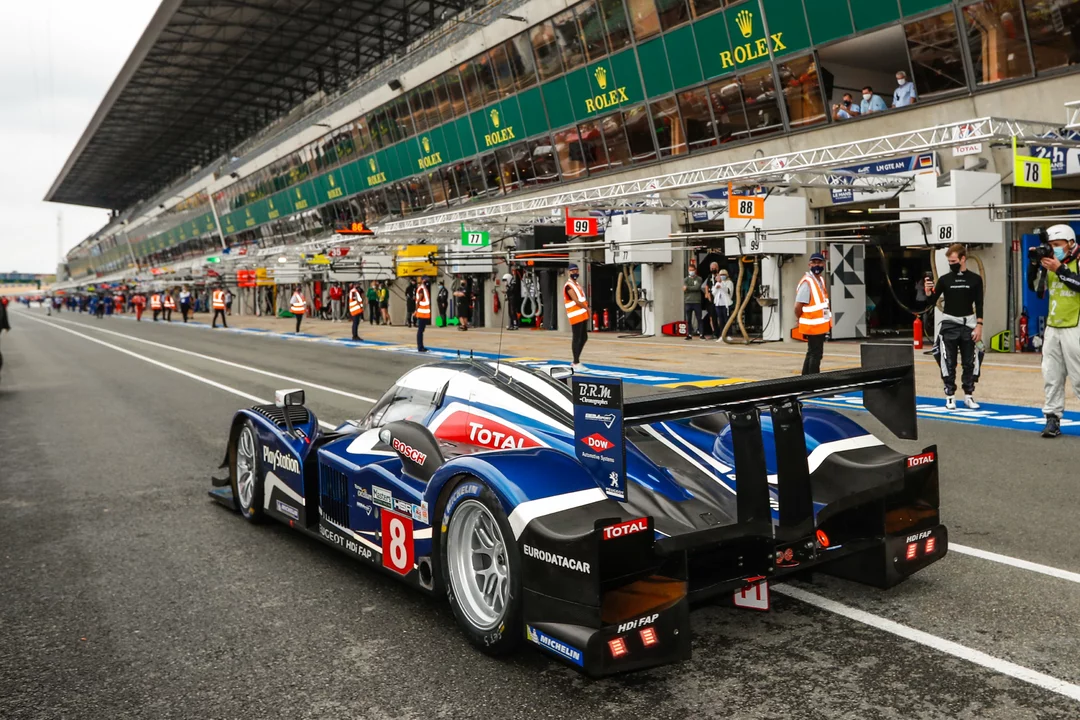24-Hour Race: The Ultimate Guide for Fans and Newbies
If you’ve ever wondered why a race that lasts a full day sounds insane, you’re not alone. A 24‑hour race is pure endurance – for cars, drivers, and the crew. It’s not just about speed; it’s about staying fast while the clock keeps ticking. Below we break down why these races matter, what makes them different, and how you can get the most out of the experience.
Why 24‑Hour Races Matter
First off, the biggest name is the 24 Hours of Le Mans. Since 1923 it’s been the benchmark for endurance racing. Winning Le Mans means you can survive midnight pit stops, rain on the straights, and driver fatigue while still posting lap times that would impress a sprint race. Other famous events include the Daytona 24‑Hour and the Nürburgring 24‑Hours. All of them test the same four things: reliability, teamwork, strategy, and driver stamina.
Reliability is the backbone. A car that breaks down after 10 hours doesn’t stand a chance. Teams spend months fine‑tuning every component – brakes, gears, fuel systems – to survive the full day. That’s why manufacturers love these races: triumph shows their tech can handle the toughest conditions.
Teamwork is next. A typical crew rotates three to four drivers, each doing stints of about two hours. While one driver is on track, the others are in the garage, reviewing data, fixing minor issues, or just resting. The pit crew works like a well‑oiled machine, changing tires, refueling, and making quick adjustments. A smooth pit stop can gain you several seconds, which adds up over 24 hours.
Strategy is where the race becomes a chess match. Teams decide when to push hard, when to conserve fuel, and how to adapt to weather changes. If it rains, they might switch to wet tires early and gain an advantage. If a rival’s car has a problem, they can capitalize by staying out longer on a stint. The best teams read the track and the competition in real time.
Tips for Watching or Joining a 24‑Hour Event
Want to watch a 24‑hour race without falling asleep? Pick a spot that lets you see both the track and the pit lane. The action is constant, but the best moments – night laps, pit stops, and the final sprint – happen at predictable times. Bring earplugs for the noise, a comfortable chair, and a snack stash. Many fans set alarms for the last hour because that’s when the drama peaks.
If you’re thinking about actually taking part, start with a local club race or an amateur endurance event. You’ll need a competition license, a safety‑approved helmet, and a car that meets the series’ technical rules. Practice driver changes with a pit crew – timing is everything. Also, train for stamina; even a two‑hour stint can feel like a marathon if you’re not in shape.
Finally, stay connected online. Most major 24‑hour races stream live, with commentator panels that explain what’s happening on the track. Follow the race’s official social feeds for updates on weather, red flags, and driver swaps. Knowing the schedule helps you catch the key moments without scrolling through endless footage.
Whether you’re a casual fan or an aspiring racer, a 24‑hour race offers a unique blend of speed, strategy, and sheer willpower. It’s more than a marathon; it’s a test of how far you can push technology and human endurance. So next time you hear the phrase “24‑hour race,” you’ll know it’s not just a long race – it’s a full‑day spectacle that keeps hearts racing from sunrise to sunrise again.
Why is Le Mans a 24-hour race? Why is it so long?
- Landon Speedwell
- on May 5 2023
- 0 Comments
Le Mans is a 24-hour race to test the endurance and reliability of both cars and drivers, pushing their limits in a day-long marathon. This iconic event began in 1923 and has since become a symbol of the ultimate test of automotive technology and driver skill. The race's length emphasizes teamwork, strategy, and efficient energy management, which are crucial factors in motorsport. It also provides a unique spectacle for fans, as they get to witness the cars racing through day and night, with ever-changing weather conditions. In summary, Le Mans is a monumental challenge that showcases the best of motorsport in a thrilling 24-hour-long race.
